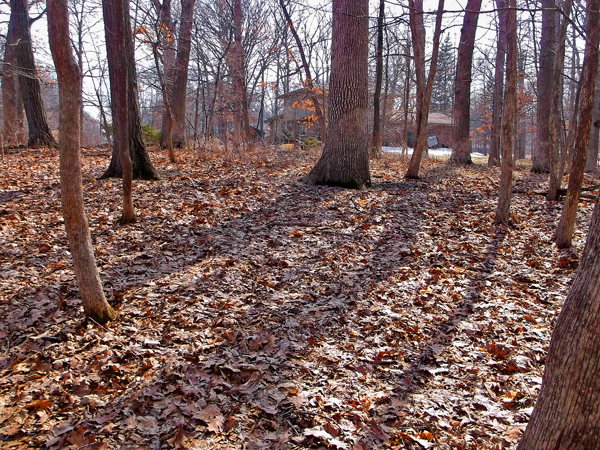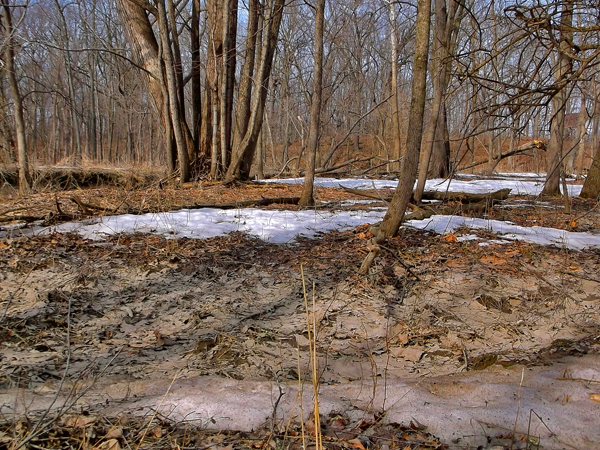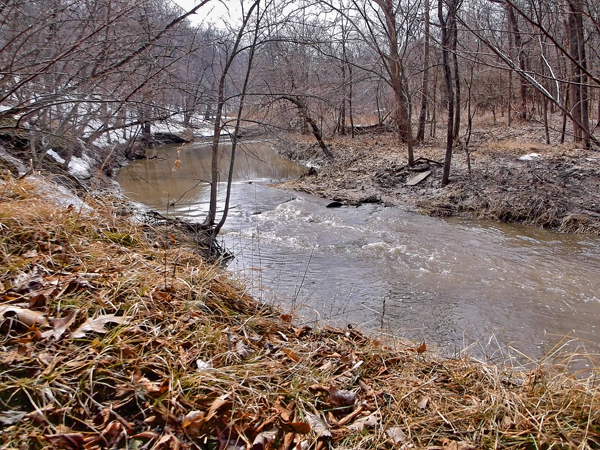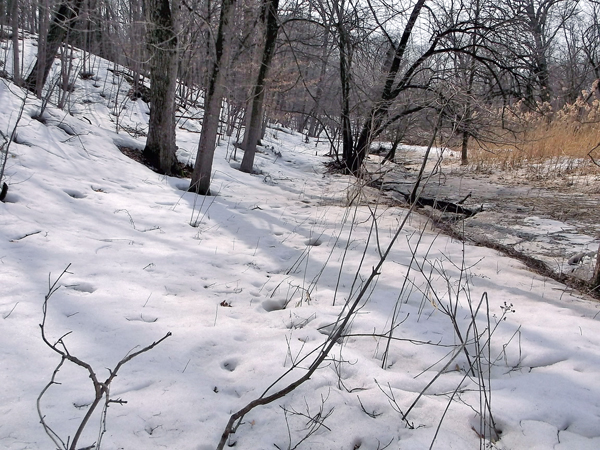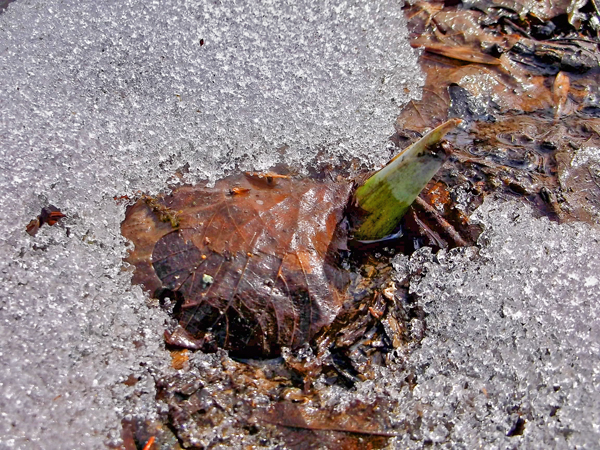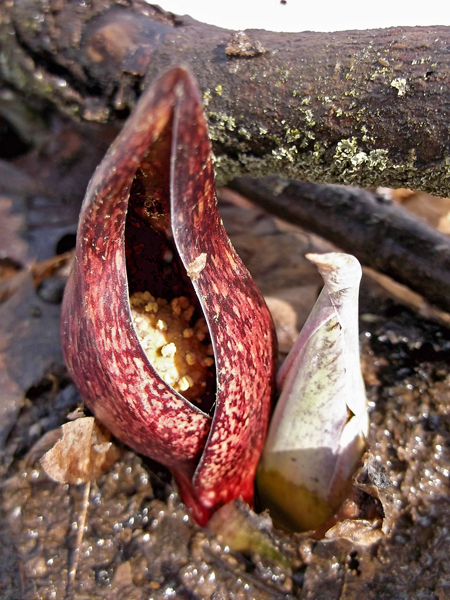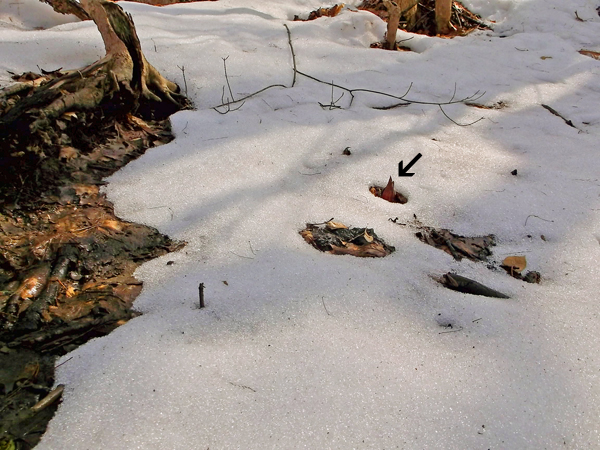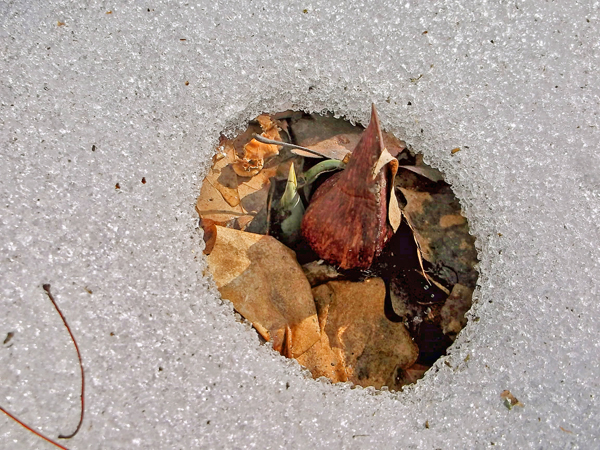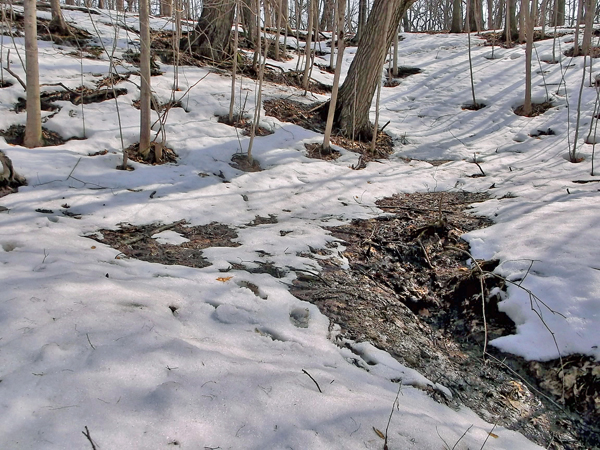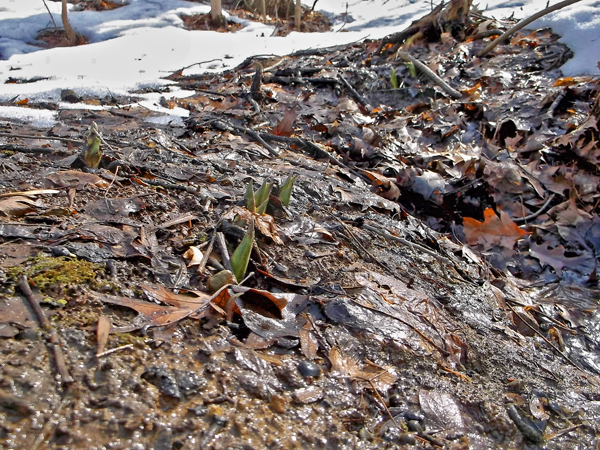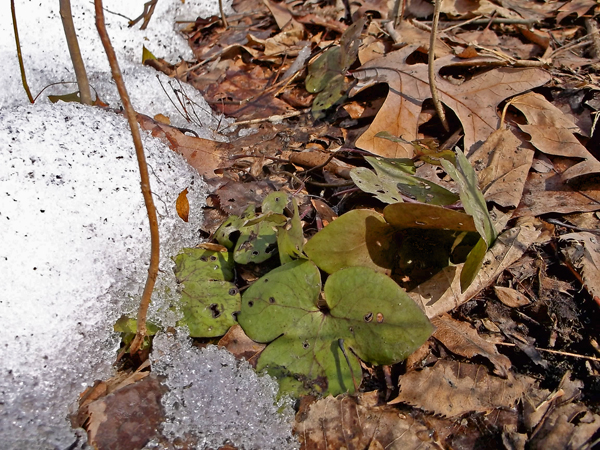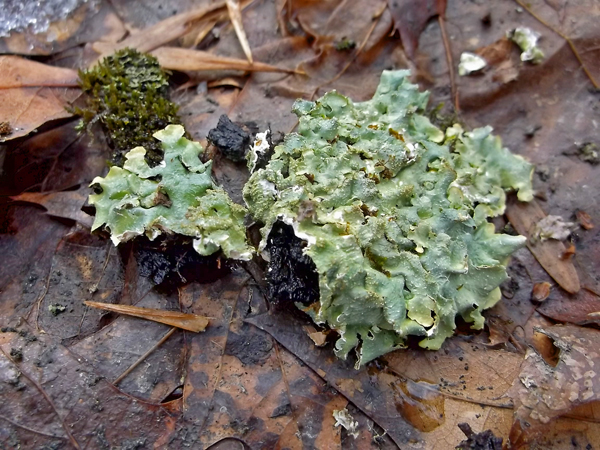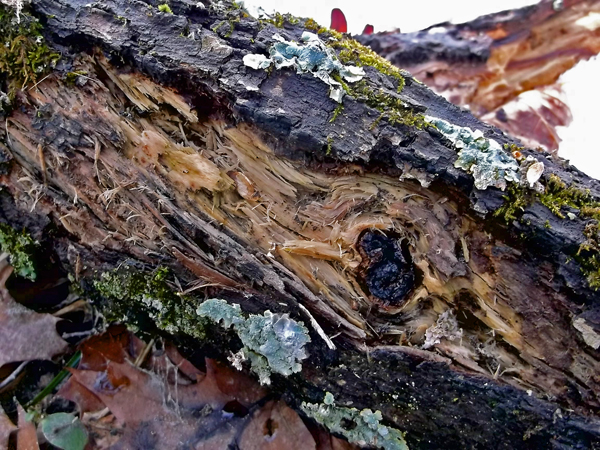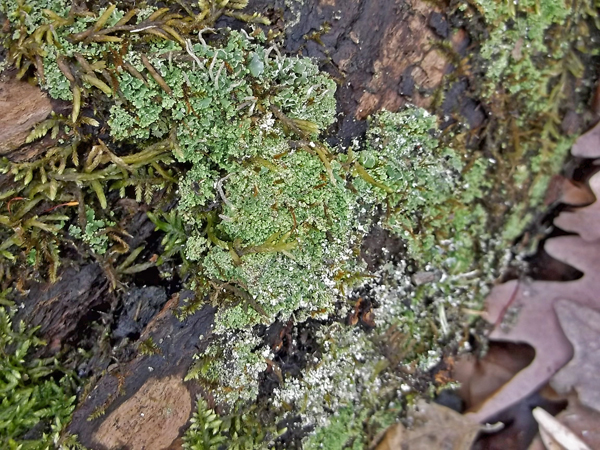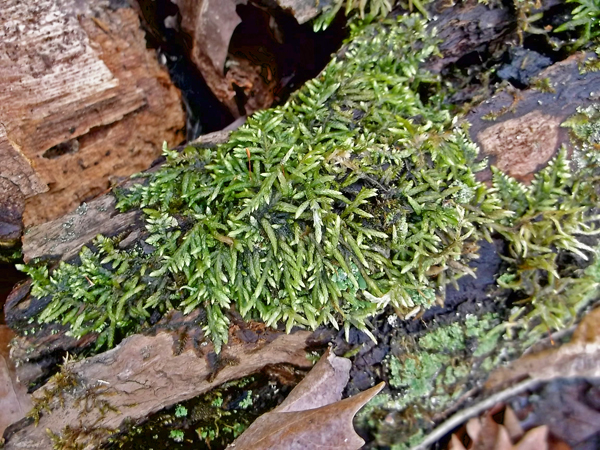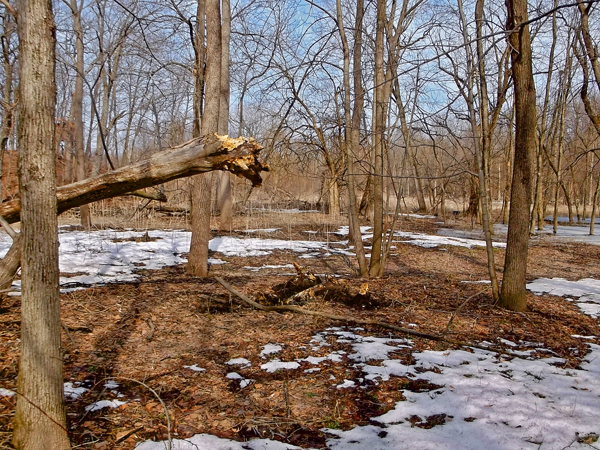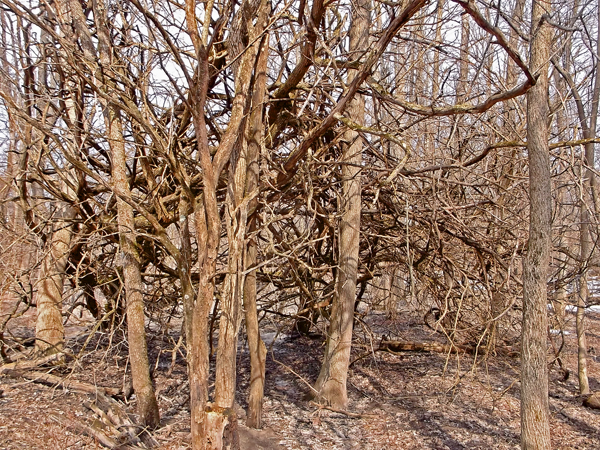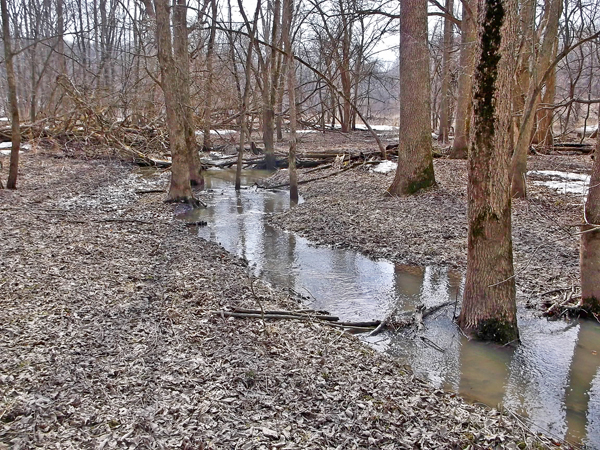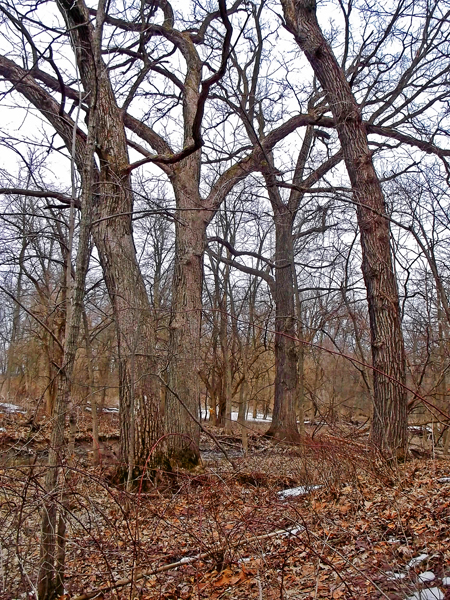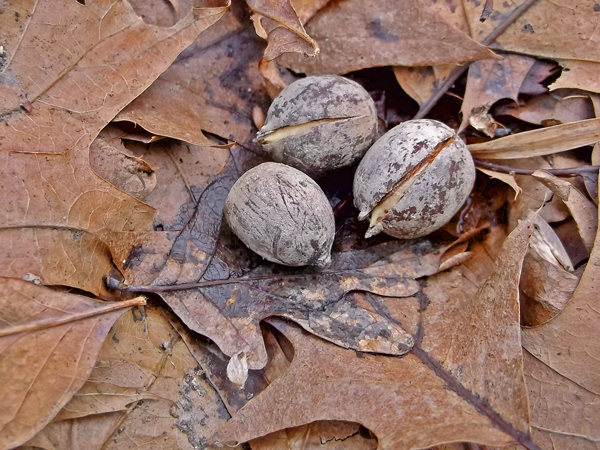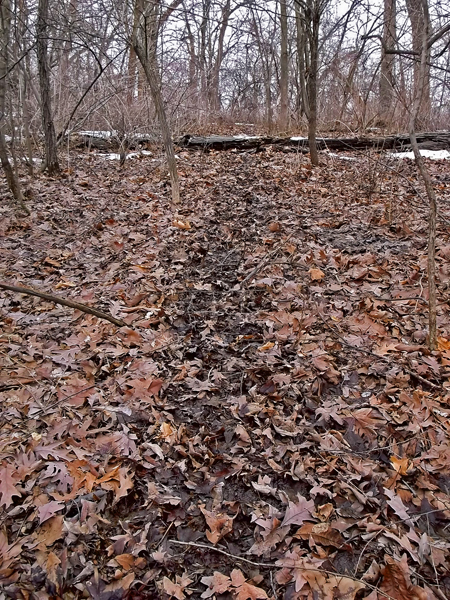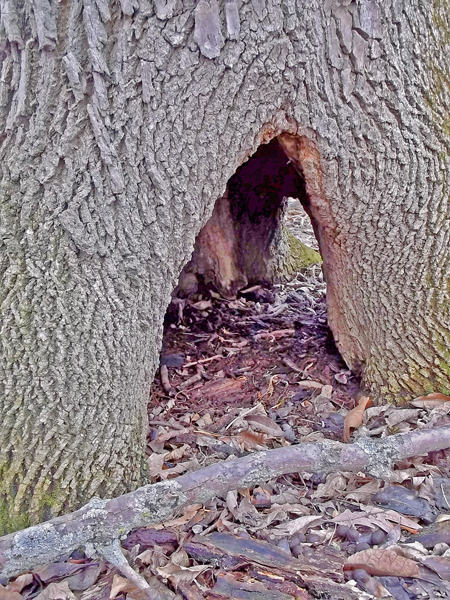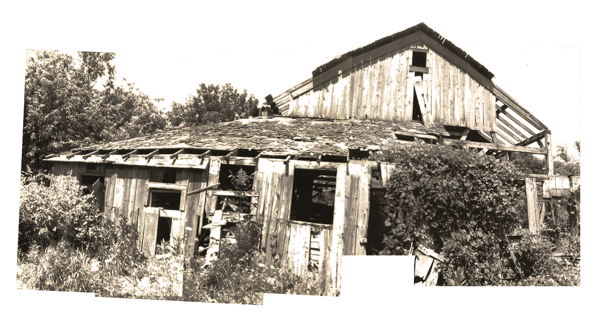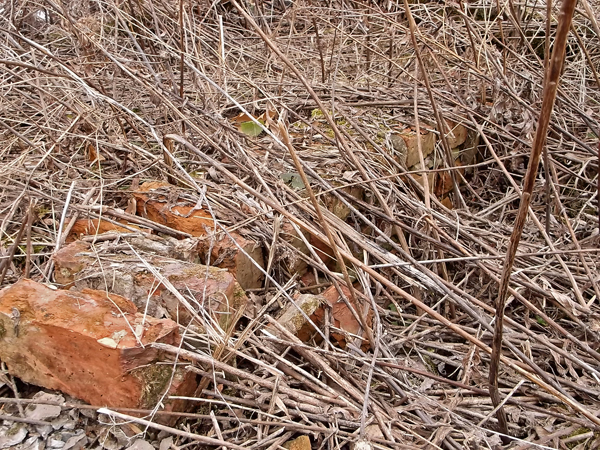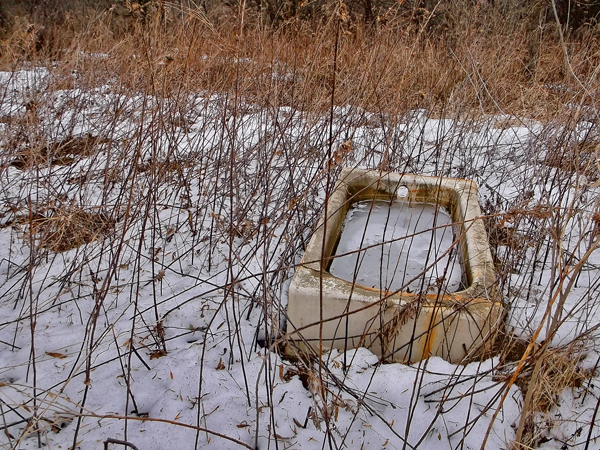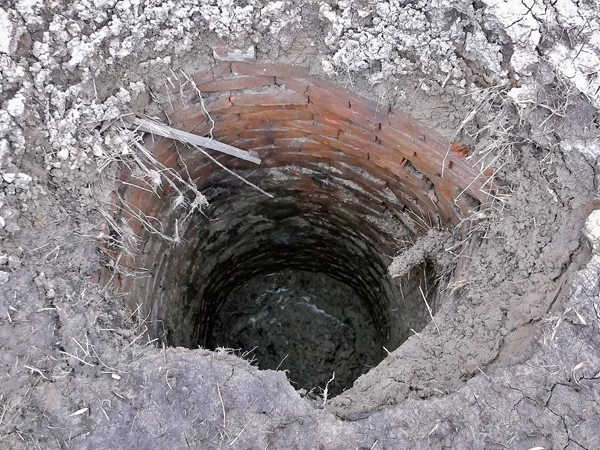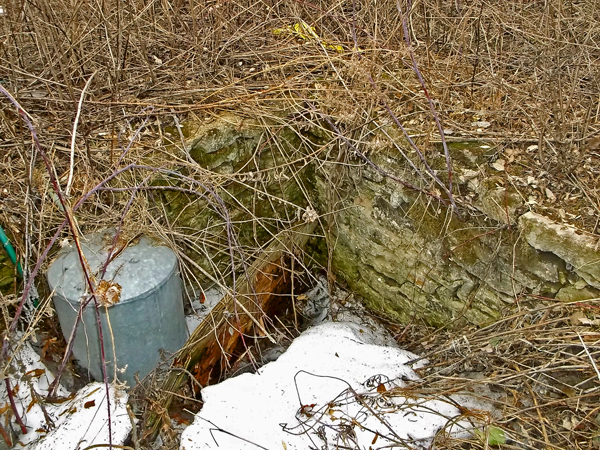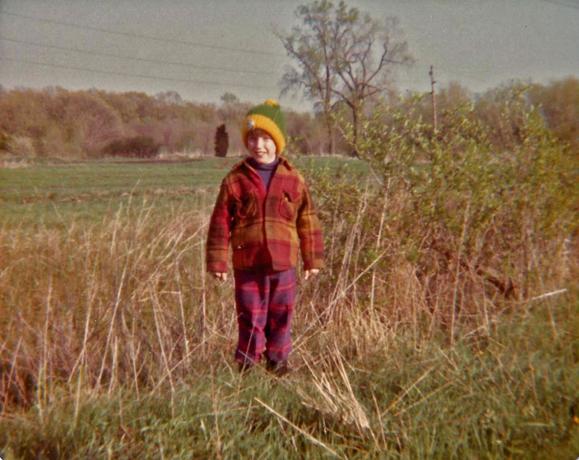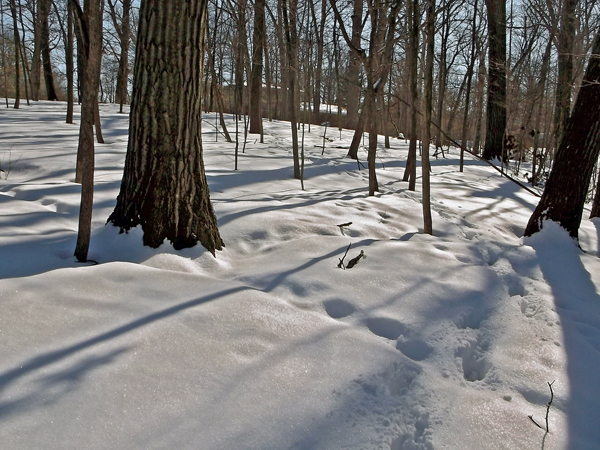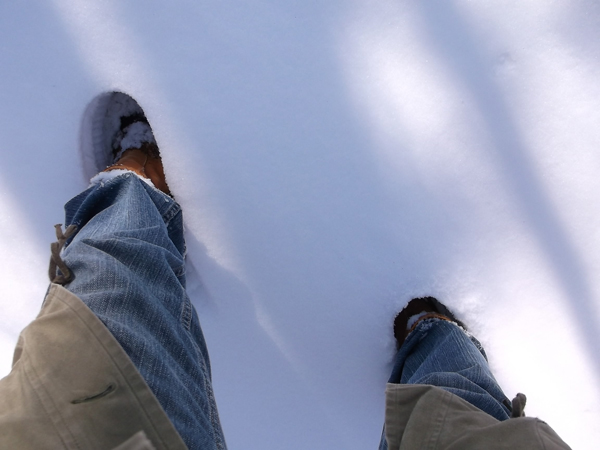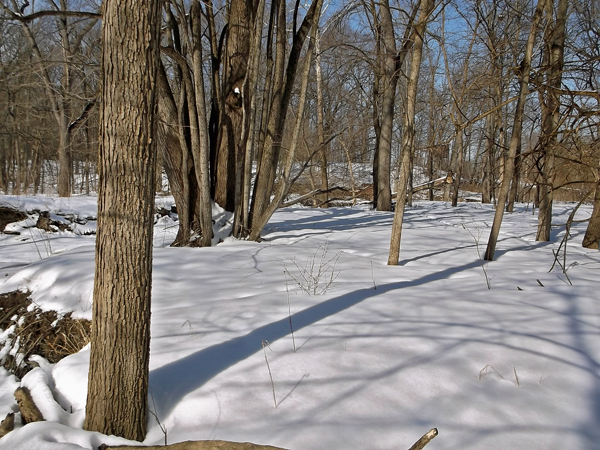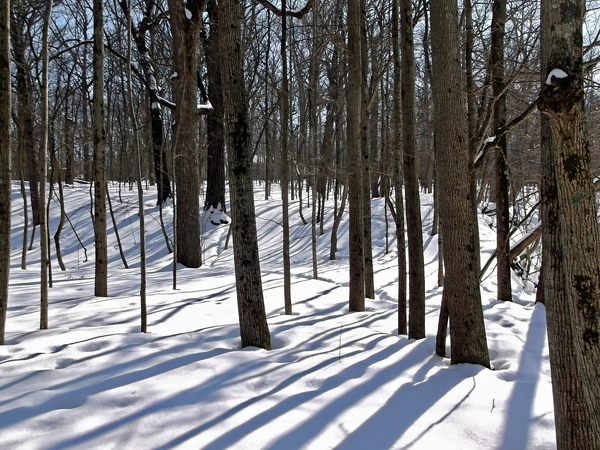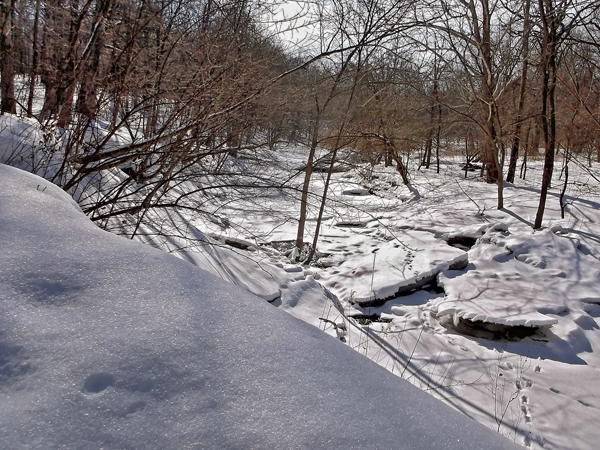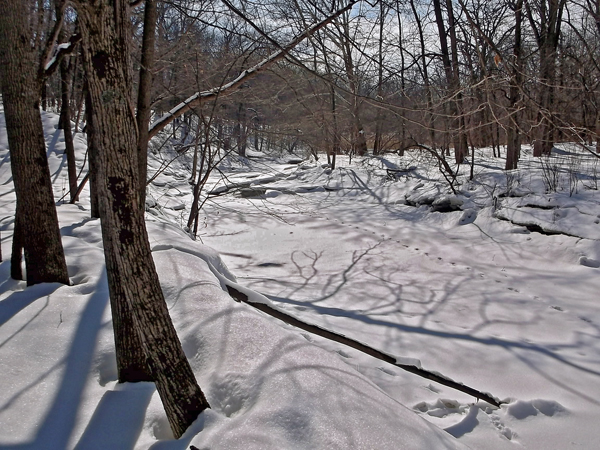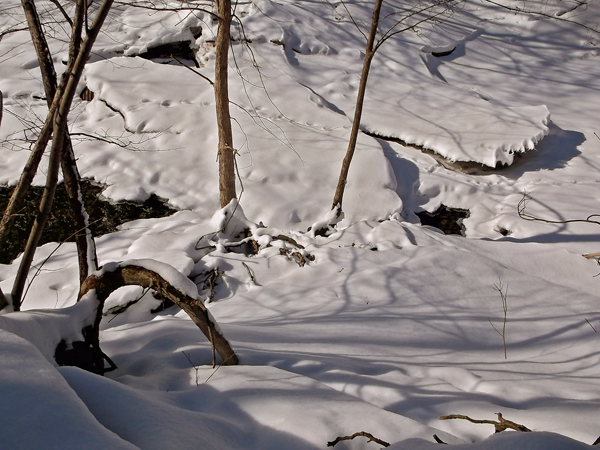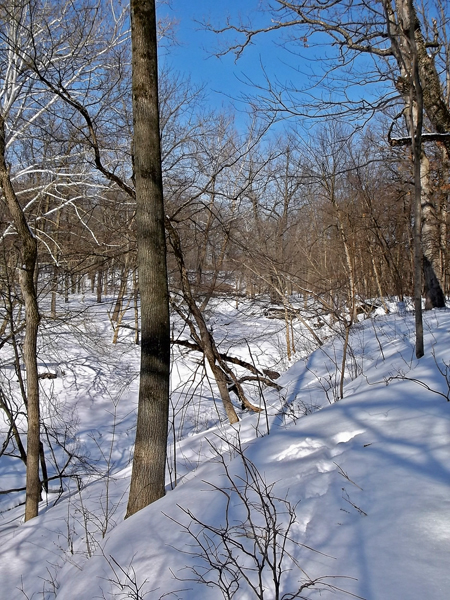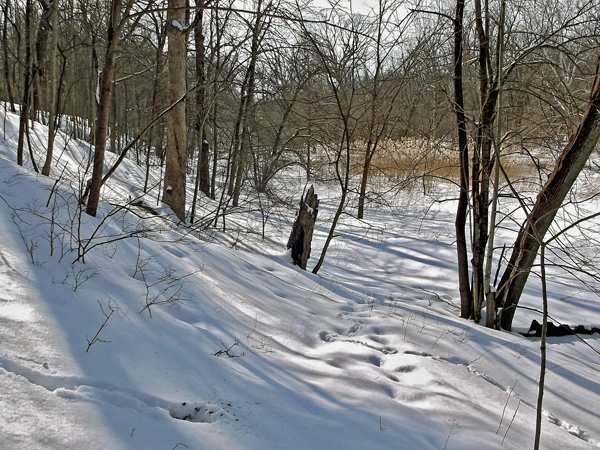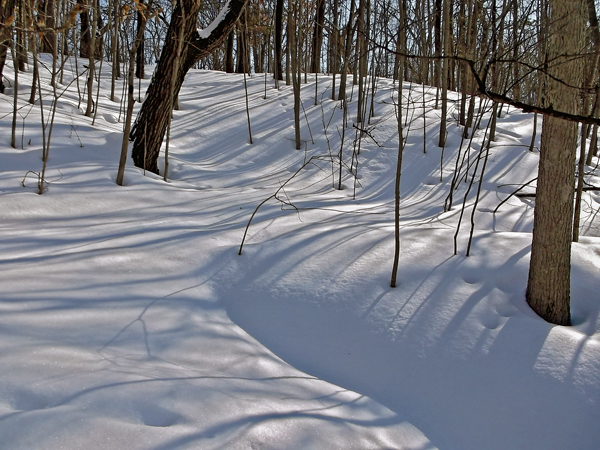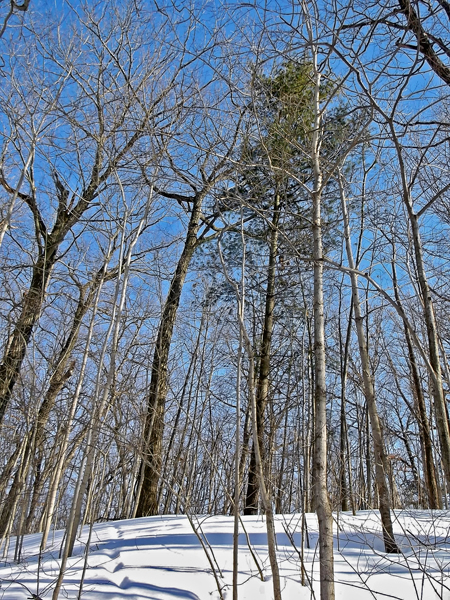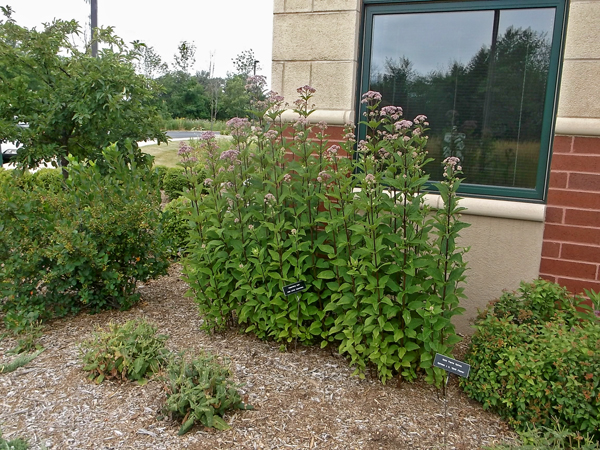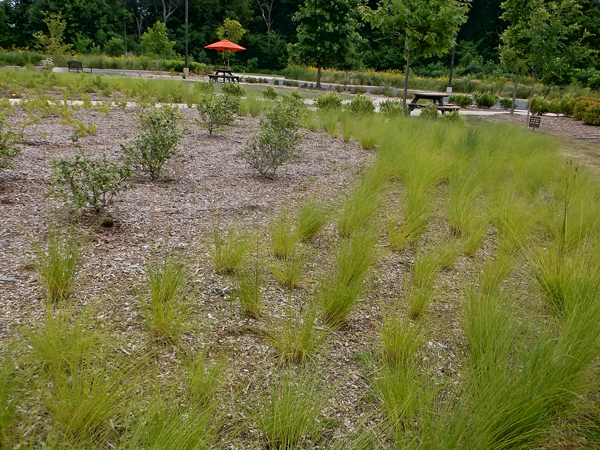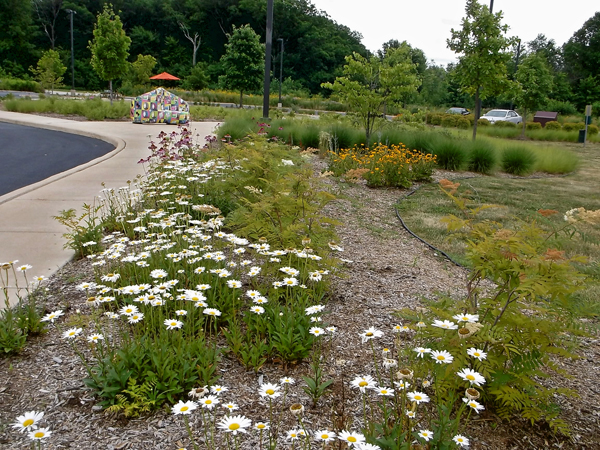Now that we’ve had a few days above freezing and no new snow storms for about ten days, the ground can finally be seen again afters many months under a foot of snow. Just a week, or so, ago the scene above was a snowy one .. it’s now finally starting to feel like spring.
The ravines are running with snow melt, and entering the floodplains:
Vernal ponds fill with water, creating temporary breeding grounds for a variety of wildlife, both seen and unseen. The cycle of life goes on. This process has been going on for many thousands of years – since the end of the last ice age 12,000 years ago, forming what we see today – an oak woods, wetlands, and a peaceful creek:
The creek is running high at this time of year and things are slowly starting to green up. In the recent past, beaver have made their homes here. Some of their handy work (damage) can still be seen on some of the trees near the creek:
Reaching the creek, the snow is still holding fast, but losing ground as the temperature rises into the low 50’s today.
As the snow melts, the plants start coming out of their winter dormancy:
Finally, I’m rewarded with one of nature’s first signs of spring – the flowers of the Skunk Cabbage:
Skunk Cabbage (Symplocarpus foetidus) is part of the opening ceremony of the eternal spring cycle events. These hooded flowers waited underground all winter, forming as their leaves faded the previous fall, as Henry David Thoreau wrote in his diary: “They see over the brow of Winter’s hill. They see another summer ahead.”
This small colony of Skunk Cabbage has been making its appearance here for many thousands of years every spring – these jewels of nature can not be found in store windows or at garden shows, they are more precious than that.
The Skunk Cabbage gets its name from the acrid smell of its large, cabbage-like, leaves when bruised. To me, they smell less like skunk, and more like burnt rubber. The flower itself, which has the coloration of raw flesh, is said to give off the odor of rotting meat – all the better to attract pollinators, which include flies, beetles, as well as bees.
The hooded flowers indicate that the plant is in the arum family, like Jack-in-the-Pulpit (Arisaema triphyllum) and Green Dragon (A. dracontium) its woodland neighbors, rather than the cabbage family, as its name might indicate. The leaves taste as bad as they smell and cause a burning sensation on the tongue and throat (oxalic crystals?) when eaten, as Euell Gibbons explains in his book “Stalking the Healthful Herbs.” He was, however, able to make a flour out of the coarse roots, from which he made pancakes that were “something special,” tasting “a bit like cocoa but different.”
The flowers have been found to produce their own heat, a process known as thermogenesis, by biologist Roger Seymour (Scientific American, March 1997.) He found the temperatures inside the hood of the flower structure to be as much as 30° F warmer than the surrounding air, even at night. This would help to explain the rings of melted snow sometimes found around the emerging plants:
While many of the upland parts of the woods were snow-free, the low mucky seeps where the Skunk Cabbage grows was still snow covered. The useful advantage of this plant to produce its own heat is thus made clear.
A few other plants, including the Hepatica shown below, were also showing green leaves, these leaves, however, were survivors from last season. Their semi-evergreen leaves help collect energy for these early bloomers, which should be in flower in about three weeks, after flowering, it will send up its new leaves for the season. The dainty little flowers are in shades of pink, blue, and white – each flower lasting only a day.
The Blue Woodland Phlox (Phlox divaricata), also a semi-evergreen, will show off its sky blue flowers in a month, or so – when the daffodils are in bloom, but right now, its snow flattened leaves will help the plant make a quick spring recovery before the oaks leaf out and take away the sun.
Lichens and moss, love the wet, cool spring weather.
The Woodland Onion (Allium canadense) was already popping up in the sandy floodplain:
While other plants, including the tree shown below, were at the end of their life cycle, no longer greeting the spring with new leaves, but rather through their decay, creating habitat for other organisms, including moss, fungi, and salamanders.
This old Bur Oak (Quercus macrocarpa) was still standing tall however, a full five feet across at its base – a true survivor, greeting many springs before the nearby farmstead came to be established, and since then, somehow escaping the blows of a axe.
Other oaks, both White Oaks and Red Oaks kept it company nearby:
While acorns from one of the Red Oaks were hopeful of their place in the woodland landscape:
I followed the deer path out of the woods and into the farm field.
Passing the home of a Hobbit on the way:
When I emerged from the woods, I was disoriented, where was the farmstead? Admittedly, there wasn’t much left to begin with, the farm house was long gone, and the barn was burnt down by the forest preserve ten years ago, but where were the grain silos? Every last bit of the farmstead was scraped away this past winter. My heart sunk a bit at the sight of it.
Twenty five years ago this private farmland, established by the Rincker family in the 19th century, was purchased by the Will County Forest Preserve. I took the photo of the old barn shortly afterwards.
It always makes me a bit sad to see old farm buildings rot away, a Morton Pole Barn is no replacement for an old wooden barn made of White Pine beams and rubblestone foundations. At least I was able to explore this barn, and admire its construction, and imagine the proud farmer that built it when it still stood. Climbing its rafters, I came across some old graffiti carved into one of the beams “O. Fricke ’90” – someone, a child? a laborer? had carved their name there back in 1890 – it was a bit surreal to sit there one hundred years later in the same place and think about the carver. One year, owls nested in the barn, and I was able to see the fluffy football sized nestlings high up in their box – was it an old owl nesting box put there in the gable by the farmer many years ago? I don’t know.
All that is left of the old barn now is a few bricks that made up part of the foundation, a few photos I took of it about 25 years ago, and my fond memories of it while I played “farm kid.”
The farmer was a frugal one, as most were, Yankees have nothing on Midwesterners when is comes to frugality, on one of the window sills was a rat-tail file with its tang stuck into a corncob handle – brilliant! It had been sitting there a very long time, as I touched it, the corn cob disintegrated in my hand. One of the animal stall doors had hinges that were quite ornate and made of brass, on closer inspection, I could see that they had come off of an old ice box – awesome! The only remaining indication that this was once the home of farm animals is the old water trough in the pasture – a repurposed mid-century cast iron bathtub. Farmers knew a thing or two about sustainability – but they just considered it common sense, I’m sure. It was a great barn at one time, but neglected long before the county bought the property – a shame.
The concrete cover over the old brick-lined cistern was scraped away, by the contractors that cleared the site, and the hole partly filled in. When the cistern was still intact, it would take about three seconds for a pebble dropped through a hole in the concrete cover to hit water – it always hit water, it was deep.
I would love to know where the bricks were made that line the cistern. There were brick foundries in the area at one time. Were they made locally? I imagine that they were.
Even when I was a kid, the old farmhouse was long gone, and in its place was a mobile home. Apparently, the mobile home used the same well that the farmhouse did, as evidenced by the photo below, showing the inside corner of the farmhouse’s limestone foundation and the water holding tank from the well – at one time, this area was protected by a sheet of plywood.
All in all, a rather interesting spring walk to be sure. In nature, as in life, things come, things go, spring has come and the old Bur Oak still stands.

